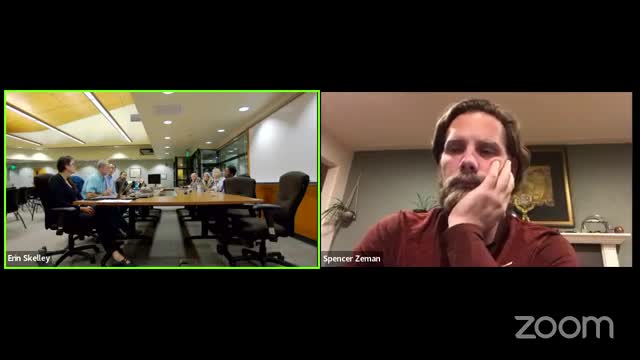Housing Crisis Deepens as Affordable Units Remain Elusive
September 25, 2024 | Lacey, Thurston County, Washington
This article was created by AI summarizing key points discussed. AI makes mistakes, so for full details and context, please refer to the video of the full meeting. Please report any errors so we can fix them. Report an error »

During a recent government meeting, officials discussed the pressing issue of housing affordability and the current state of construction in Lacey, Washington. The conversation highlighted the reliance on the 30% Area Median Income (AMI) rule, which suggests that individuals should not spend more than 30% of their income on housing to avoid being house burdened.
Officials confirmed that the majority of new housing developments are targeting higher income brackets, specifically those earning 120% of AMI and above. This trend has raised concerns about the availability of affordable housing for lower-income families, particularly those earning 80% of AMI or less. It was noted that the private sector is unlikely to provide housing options for this demographic, indicating a need for subsidized housing initiatives led by non-profit builders.
The discussion also touched on the projected development of Accessory Dwelling Units (ADUs), with estimates suggesting that around 3,000 units could be built. However, concerns were raised regarding the affordability of these units, as the costs associated with building ADUs are comparable to traditional homes, potentially placing them out of reach for lower-income families.
Coordination efforts for housing development were addressed, with officials emphasizing the role of the Thurston Regional Planning Council in overseeing housing projections and zoning analyses. The Regional Housing Council was identified as a key player in providing funding for affordable housing projects and supporting policies aimed at ensuring diverse housing options for all community members.
Overall, the meeting underscored the challenges facing Lacey in balancing the demand for higher-end housing while addressing the critical need for affordable options for lower-income residents.
Officials confirmed that the majority of new housing developments are targeting higher income brackets, specifically those earning 120% of AMI and above. This trend has raised concerns about the availability of affordable housing for lower-income families, particularly those earning 80% of AMI or less. It was noted that the private sector is unlikely to provide housing options for this demographic, indicating a need for subsidized housing initiatives led by non-profit builders.
The discussion also touched on the projected development of Accessory Dwelling Units (ADUs), with estimates suggesting that around 3,000 units could be built. However, concerns were raised regarding the affordability of these units, as the costs associated with building ADUs are comparable to traditional homes, potentially placing them out of reach for lower-income families.
Coordination efforts for housing development were addressed, with officials emphasizing the role of the Thurston Regional Planning Council in overseeing housing projections and zoning analyses. The Regional Housing Council was identified as a key player in providing funding for affordable housing projects and supporting policies aimed at ensuring diverse housing options for all community members.
Overall, the meeting underscored the challenges facing Lacey in balancing the demand for higher-end housing while addressing the critical need for affordable options for lower-income residents.
View full meeting
This article is based on a recent meeting—watch the full video and explore the complete transcript for deeper insights into the discussion.
View full meeting
